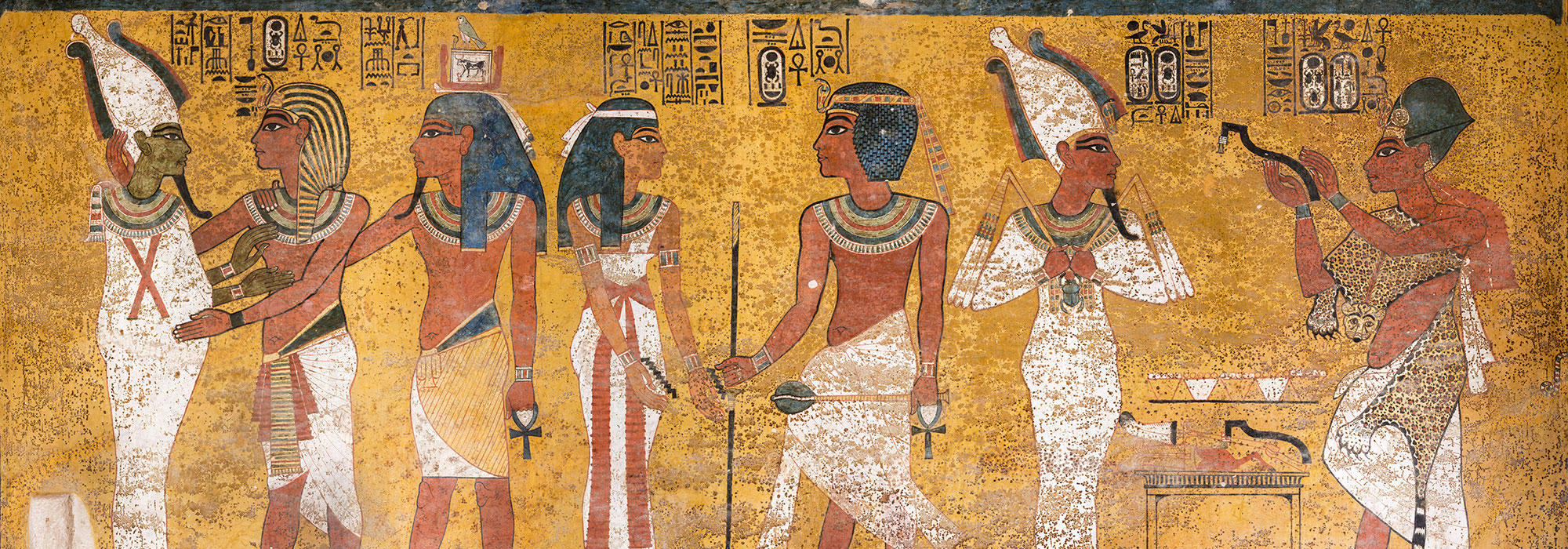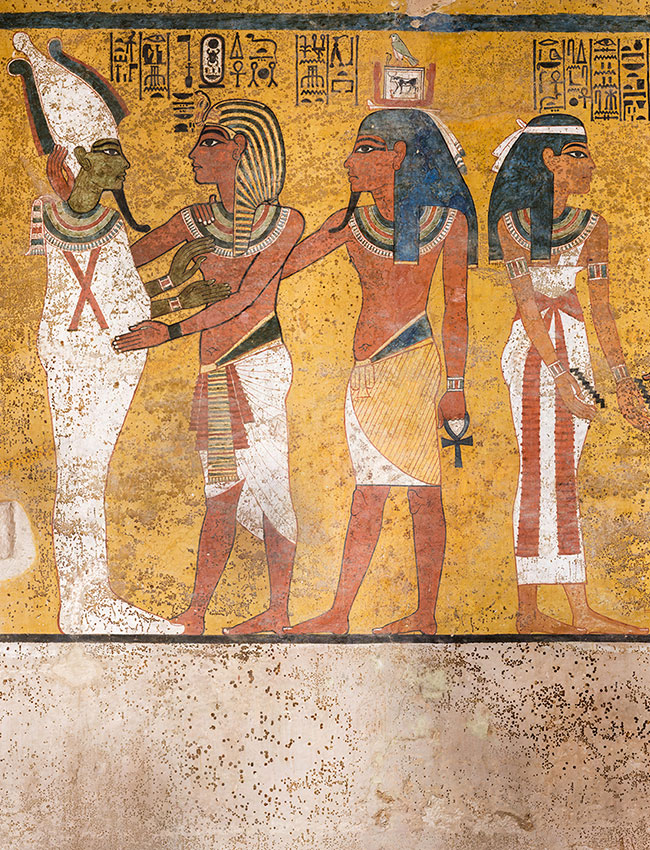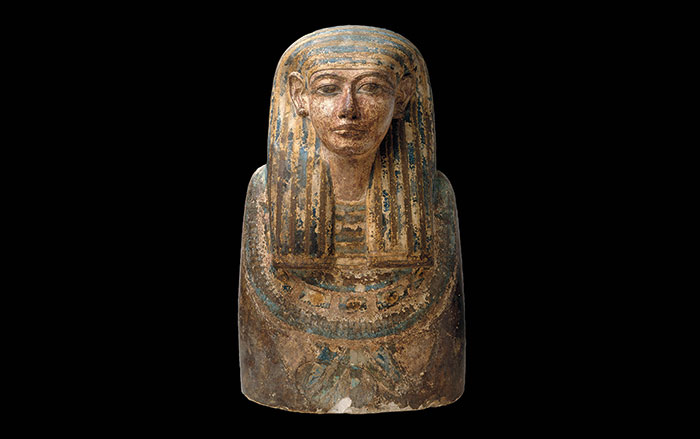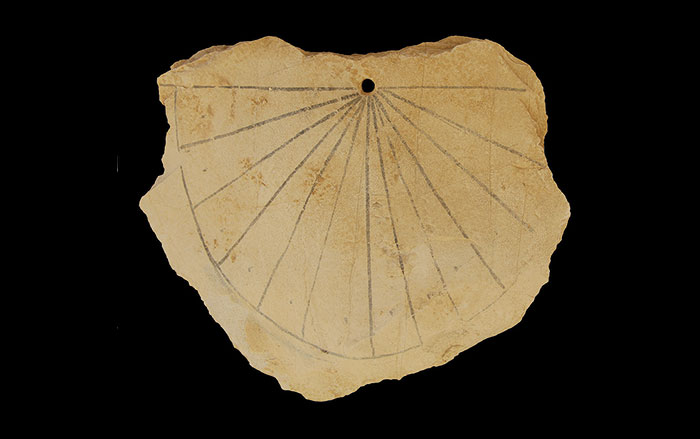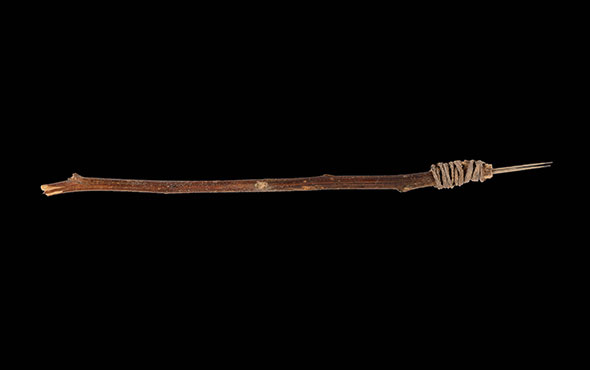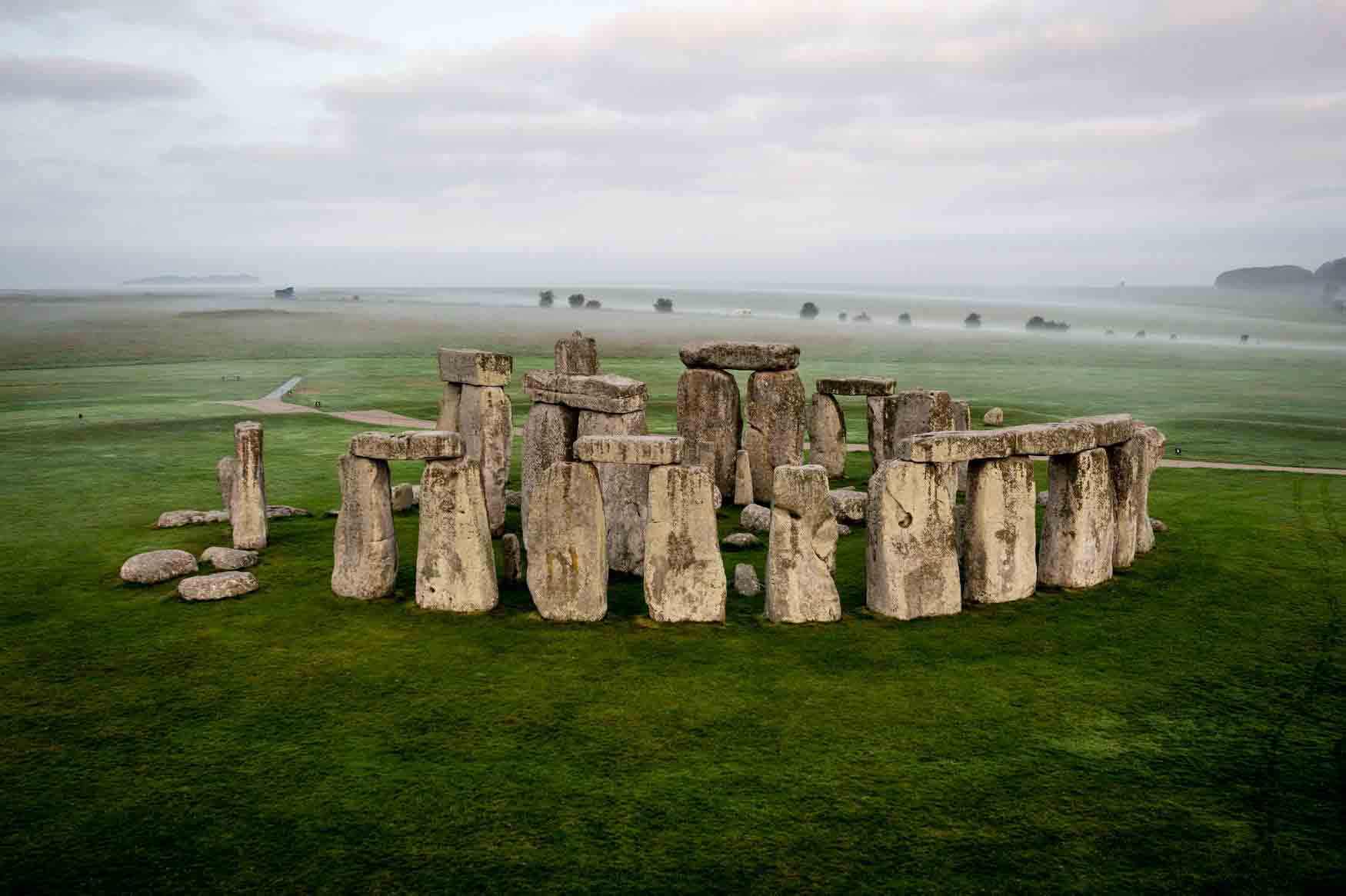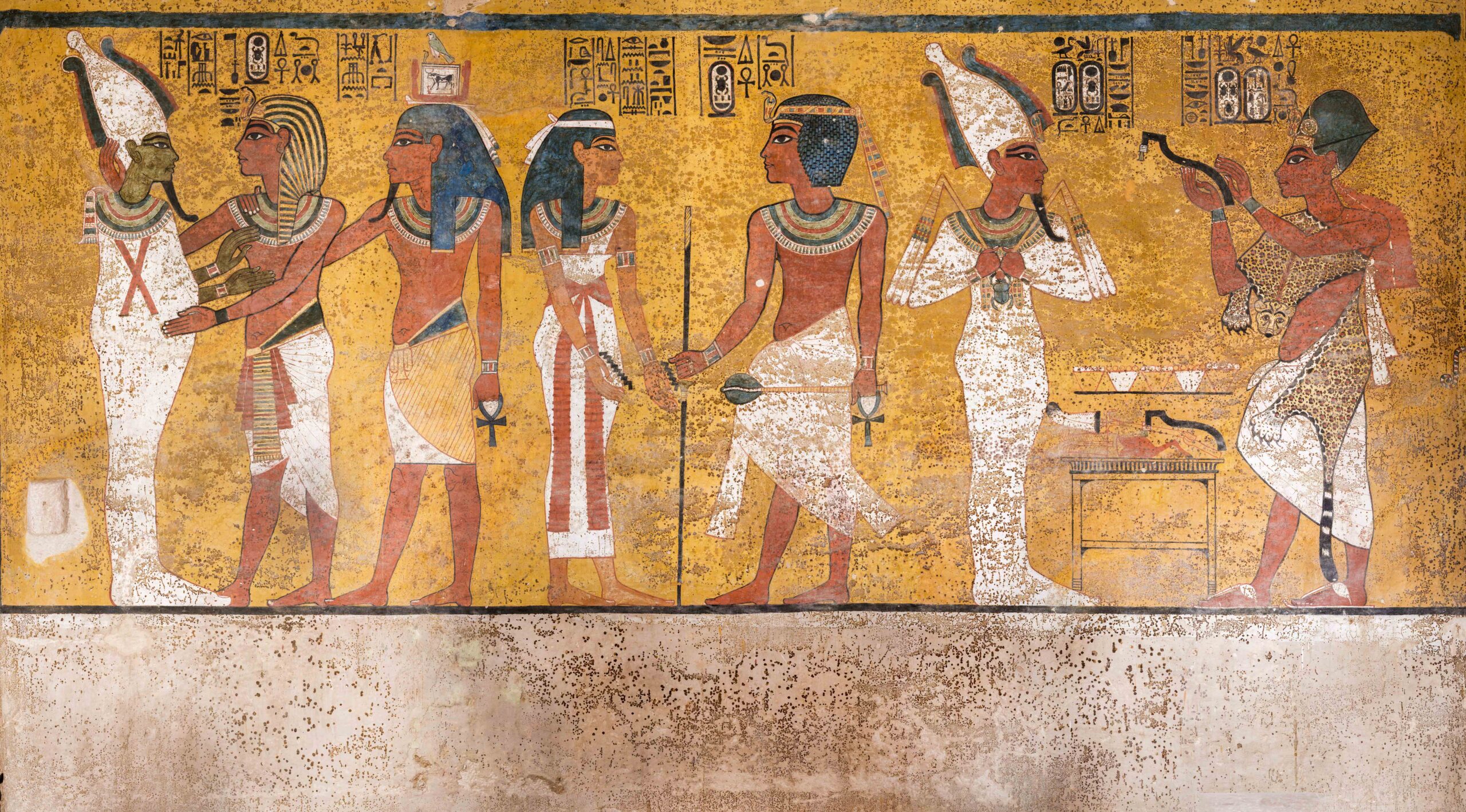
In ancient Egypt, the passage to the afterlife was an arduous one. Even at the end of the journey, the deceased could be turned away from the paradise of the Field of Reeds if their heart tipped the scales when weighed against a feather. Often elements of the transit were painted on tomb walls, a process that, judging from the accomplished and detailed murals that have survived, would have consumed a great deal of time. Although the walls of the pharaoh Tutankhamun’s tomb are decorated with familiar scenes of this path to paradise, new research is now telling a fresh story about the real-world turmoil caused by the sudden death of the young king.
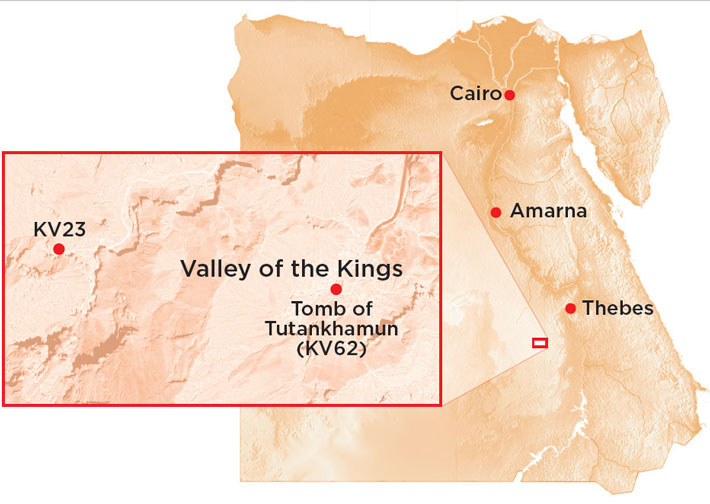
The pharaoh, who was first known as Tutankhaten (r. ca. 1336–1327 B.C.), was crowned at the tender age of eight or nine, but his reign was not to last long, and he died before he turned 20. Scholars debate the cause, or causes, of Tut’s death, but all agree that it came suddenly. Tut’s unexpected passing presented a challenge—his planned tomb in the Valley of the Kings hadn’t yet been completed. Work on that tomb (KV23) was abandoned, and one in the eastern section of the valley originally intended for someone else (KV62) was hastily made ready. Egyptologist Kent Weeks, who directs excavations in the valley, says that KV62 was probably originally meant for either Tut’s predecessor, Smenkhkare (r. ca. 1336 B.C.), or his successor, Ay (r. ca. 1327–1323 B.C.).
By the standard of other royal tombs, Tut’s is quite small, composed of four small rooms, only one of which is painted. Despite its size, however, the tomb was filled with everything the pharaoh would need for the afterlife, including furniture, chariots, wine, fresh food, clothing, shaving and writing equipment, musical instruments, games, and weapons. There were four gold shrines, one fitted inside the other, within which were nested quartzite, wooden, and golden sarcophagi. The innermost sarcophagus contained the pharaoh’s mummy wearing a 24-pound solid gold mask. There is evidence that Tut’s tomb was robbed twice in antiquity—once, says Weeks, only a short time after the entrance was sealed.
When British archaeologist Howard Carter excavated the tomb in 1922, however, most of the extraordinary grave goods were in place, and the tomb appeared relatively intact. With the exception of the sarcophagus containing the mummy, all the artifacts have been removed to the Egyptian Museum in Cairo. What remains are four painted walls depicting scenes of the pharaoh’s transition to the afterlife, which, for Carter, were of far less importance than the golden artifacts.
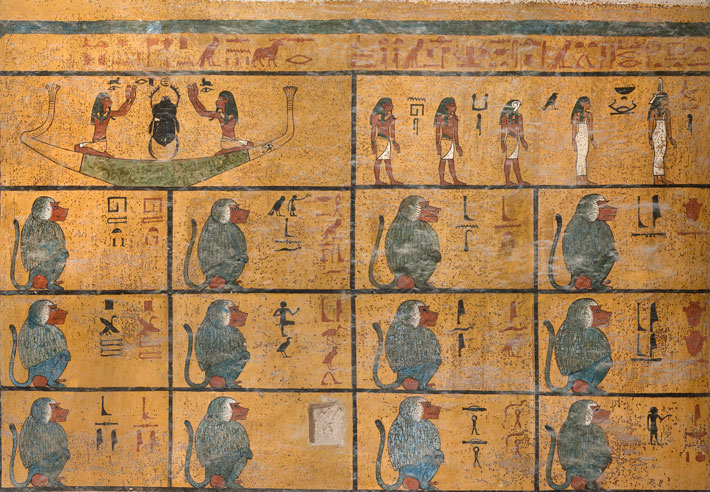
In 2009, after nearly 100 years and millions of visitors, the Egyptian Ministry of Antiquities’ concern for the state of Tut’s tomb was mounting. They called upon the Getty Conservation Institute (GCI) to study the tomb, in particular the wall paintings, and to develop plans to safeguard it. “When we got there, we were surprised because the paintings’ condition was actually very good,” says GCI’s Lori Wong. “The fact that the paintings are complete puts everything in perspective. We worked here for 10 years, whereas the lifespan of these paintings is 3,300 years.”
What the team was very curious about was something that had worried Egyptologists for decades—the puzzling brown spots that speckle the paintings. “Our main concern was that whatever was making the spots was still alive, and that there was a continuing risk of them damaging the paintings,” Wong says. The team conducted advanced microbiological analyses and compared current images of the tomb with those taken by photographer Harry Burton during Carter’s excavation—reproduced at a scale of one to one with the actual paintings using the original glass plate negatives. They concluded that the spots hadn’t grown or changed at all in nearly a century. “Whatever originally made the spots, they’re now dead,” says Wong. “They are a byproduct of some metabolic process, perhaps occurring thousands of years ago, and they aren’t going to grow anymore.”
As the GCI team continued to examine the paintings, they noticed other details that intrigued them. They documented flaking paint, especially on the wigs of the figures on the east wall, which they determined had been repaired shortly after the pigment was applied. The flaking was not, as many had thought, damage suffered since the 1920s. “There was something about the application of the paint that caused this,” says Wong. “Maybe the artist got the recipe wrong.” There were visible chisel marks from when the walls were prepared that would usually have been covered up. Some of the paintings were slightly tilted. On one wall, a layer of clay-based plaster that would normally have been applied in advance of painting was missing. There were also varying techniques noticeable on different walls, likely the work of different artists. One artist used incisions in the plaster to delineate figures, while another sketched figures in red with no incisions. The team also saw, still present on each wall, different grid systems the artists used to plan their work. A new version of the tomb’s story began to emerge.
“It’s possible that these indications of a certain crudeness when compared to other tombs in the Valleys of the Kings are a result of the unusual and unexpected circumstances of Tut’s burial and the hurried nature of the preparation of the tomb,” says Wong. “Also, you have this relatively small burial chamber that would have been chockablock with objects, and cramming them all in may have scratched the walls and knocked off some paint. Some touch-up might have been needed.”

There may also have been a political motivation for Tut’s hasty burial, explains Weeks. “Tutankhamun’s vizier, Ay, and Horemheb, an army commander under Tut, were both vying to be pharaoh,” he says. “Ay wanted his coronation completed before Horemheb returned to Egypt from fighting the Hittites in the north.” It’s possible that the crooked paintings, differing techniques, chipped paint, and even the brown spots are a result of the rush to finish and seal up the tomb after the pharaoh’s untimely death. No other tombs in the valley that had similar grave goods, and thus similar microbial environments, show evidence of the brown spots. Perhaps the paint had simply not had enough time to dry.
Although Tutankhamun’s reign lasted for only about a decade, the spectacular artifacts that filled his tomb have made an immeasurable impact on the popular imagination. While the tomb’s wall paintings may not be as celebrated as its artifacts, the newly documented evidence about them begins to tell the story of a young man’s death in a way that magnificent golden chariots and masks cannot.


